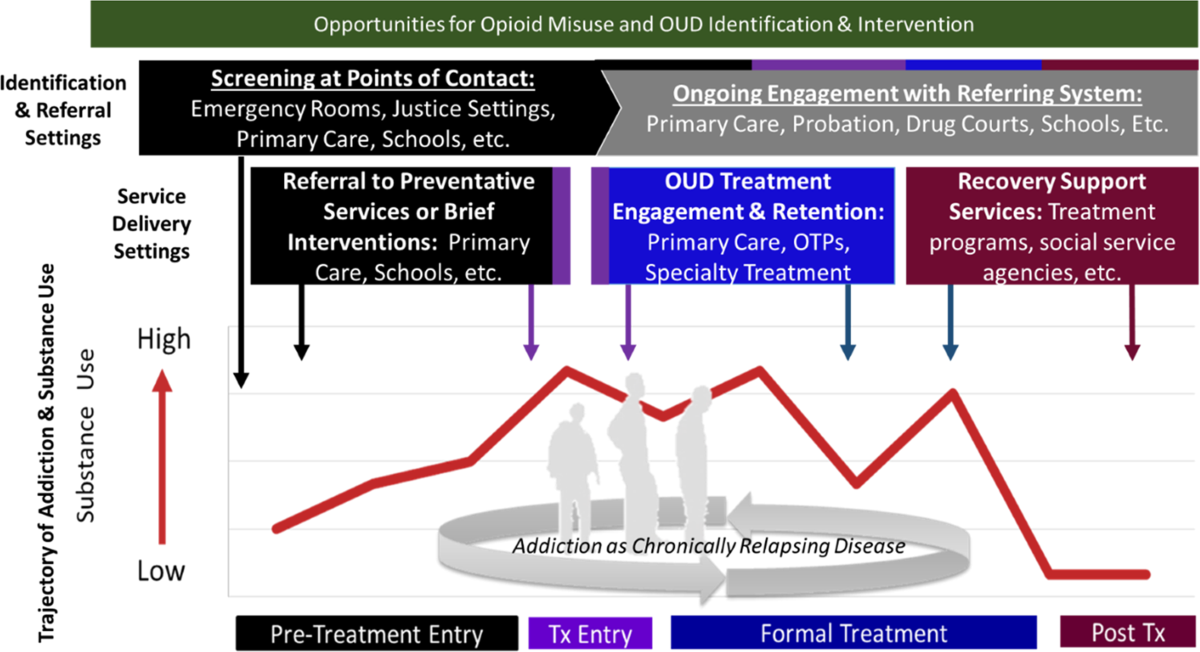The Opioid Crisis: America’s Ongoing Battle
The United States continues to face a devastating opioid crisis that has claimed hundreds of thousands of lives over the past two decades. What began with a surge in prescription painkillers has evolved into a complex and deadly epidemic involving heroin and synthetic opioids such as fentanyl.
A Brief History
The roots of the crisis trace back to the late 1990s, when pharmaceutical companies began aggressively promoting opioid pain medications, assuring doctors and patients that the risk of addiction was low. Medications like OxyContin were widely prescribed for chronic pain, leading to widespread misuse. As prescription drugs became harder to access, many individuals turned to cheaper and more dangerous alternatives like heroin.
In recent years, synthetic opioids—especially illegally manufactured fentanyl—have driven overdose deaths to record levels. According to the Centers for Disease Control and Prevention (CDC), more than 100,000 people in the U.S. died from drug overdoses in a single year, with opioids involved in over 70% of those deaths.
Communities Affected
The opioid crisis has touched every region of the country, but rural and working-class communities have been hit especially hard. States like West Virginia, Ohio, and Kentucky have reported some of the highest overdose rates. However, urban centers are now also seeing a surge in fentanyl-related deaths.
Beyond the human cost, the crisis has placed enormous pressure on health care systems, foster care agencies, and the criminal justice system. Many children have been left orphaned or placed into care due to parental addiction, while emergency services struggle to respond to the growing number of overdose calls.
Government Response
Federal and state governments have taken several steps to combat the epidemic. These efforts include:
-
Expanding access to naloxone, a life-saving medication that can reverse opioid overdoses
-
Supporting medication-assisted treatment (MAT) using drugs like methadone and buprenorphine
-
Cracking down on illegal drug trafficking and prescribing practices
-
Increasing funding for mental health and addiction recovery programs
Despite these initiatives, the crisis remains far from over. The emergence of fentanyl analogs—substances even more potent than fentanyl—has made it increasingly difficult to control the spread of overdose deaths.
The Road Ahead
Experts agree that addressing the opioid crisis requires a comprehensive, long-term strategy that includes prevention, treatment, recovery, and social support. Education campaigns, access to affordable care, job training, and community-based outreach are all essential in helping individuals rebuild their lives.
As the U.S. continues its battle against opioid addiction, a growing number of voices are calling for a shift from punishment to compassion—treating addiction as a public health issue, not just a criminal one.
Conclusion
The opioid crisis is one of the most serious public health challenges of our time. While progress has been made, the fight is far from over. It will take a united effort from health professionals, policymakers, communities, and families to bring hope and healing to the millions affected by opioid addiction.
